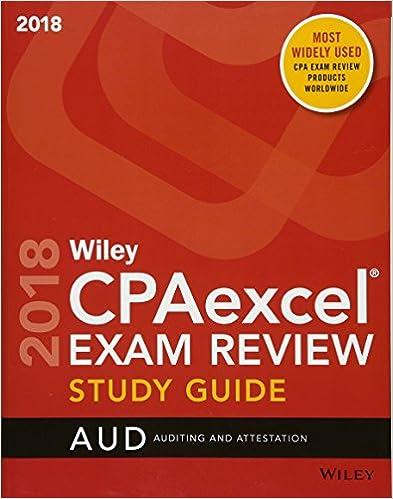
Question 2 Parkway plc, a UK listed company, has maintained a dividend payout ratio of 40% for the last few years and has just paid a dividend of 0.50 per share. It expects that the dividend payable in one years' time will be 0.52 per share and this growth rate in dividends is expected to continue for the foreseeable future. Parkway plc has the following capital structure: million million Equity Ordinary shares (1 nominal value) Reserves Debt 9% annual-pay coupon bond 8% annual-pay coupon bond 30 90 The 9% bond will be redeemed in 10 years' time at par value and has a current ex interest market price of 95.08%. The 8% bond will be redeemed in 4 years' time at par value and has a current ex-interest market price of 102.01%. Parkway plc has a cost of equity capital of 12.4% and pays tax on profits at 30%. The company has a beta of 1.4, the risk free rate of return is 5% and the market risk premium is 4%. Requirements (a) Calculate the following values for Parkway plc: i. The current ex-dividend share price using the dividend valuation model (4 marks) ii. The leverage (debt divided by debt plus equity) using market values (4 marks) iii. The cost of debt capital and the weighted average cost of capital (WACC) using the cost of equity capital provided in the question. (7 marks) (b) Discuss whether a change in dividend policy would impact on the share price of Parkway plc. Please refer to different theories of dividend policy in your answer. (8 marks) (c) Identify and describe two different ways in which the cost of equity capital could be determined for Parkway plc. Explain the advantages and disadvantages of each approach. (8 marks) (d) Using the capital asset pricing model (CAPM), calculate the cost of equity capital for Parkway plc. (4 marks) [Total: 35 marks] Question 2 Parkway plc, a UK listed company, has maintained a dividend payout ratio of 40% for the last few years and has just paid a dividend of 0.50 per share. It expects that the dividend payable in one years' time will be 0.52 per share and this growth rate in dividends is expected to continue for the foreseeable future. Parkway plc has the following capital structure: million million Equity Ordinary shares (1 nominal value) Reserves Debt 9% annual-pay coupon bond 8% annual-pay coupon bond 30 90 The 9% bond will be redeemed in 10 years' time at par value and has a current ex interest market price of 95.08%. The 8% bond will be redeemed in 4 years' time at par value and has a current ex-interest market price of 102.01%. Parkway plc has a cost of equity capital of 12.4% and pays tax on profits at 30%. The company has a beta of 1.4, the risk free rate of return is 5% and the market risk premium is 4%. Requirements (a) Calculate the following values for Parkway plc: i. The current ex-dividend share price using the dividend valuation model (4 marks) ii. The leverage (debt divided by debt plus equity) using market values (4 marks) iii. The cost of debt capital and the weighted average cost of capital (WACC) using the cost of equity capital provided in the question. (7 marks) (b) Discuss whether a change in dividend policy would impact on the share price of Parkway plc. Please refer to different theories of dividend policy in your answer. (8 marks) (c) Identify and describe two different ways in which the cost of equity capital could be determined for Parkway plc. Explain the advantages and disadvantages of each approach. (8 marks) (d) Using the capital asset pricing model (CAPM), calculate the cost of equity capital for Parkway plc. (4 marks) [Total: 35 marks]







